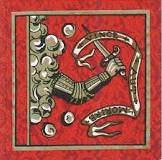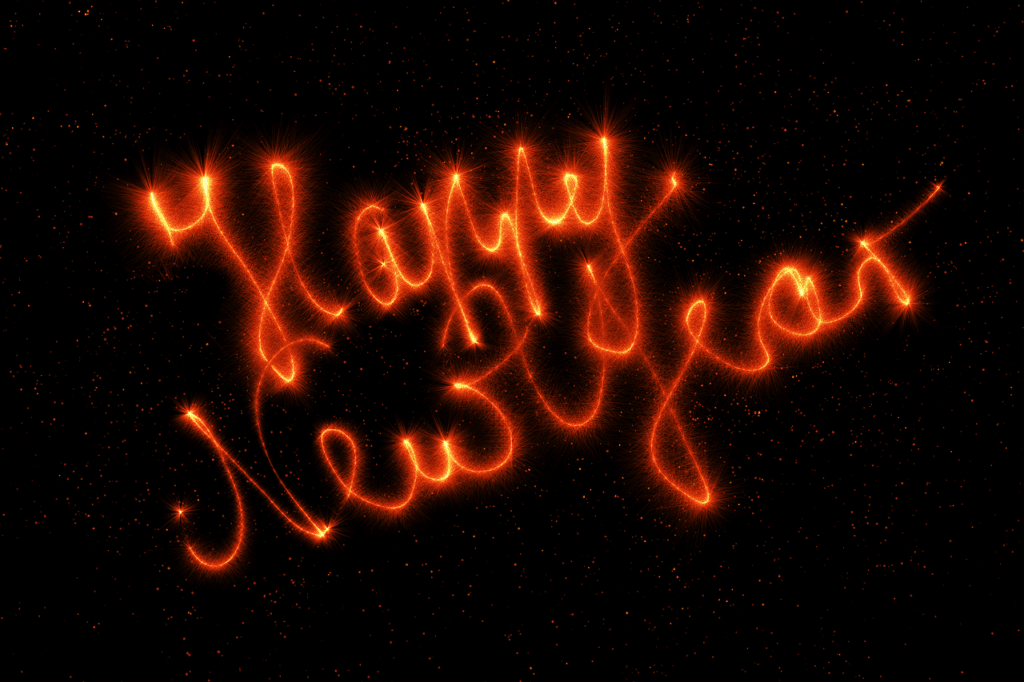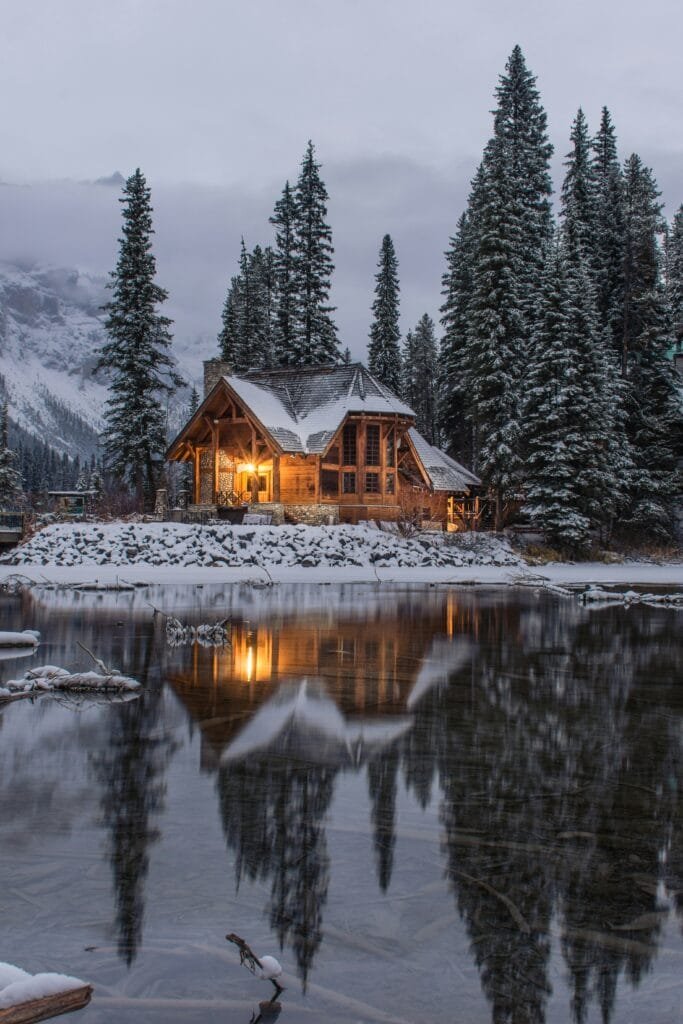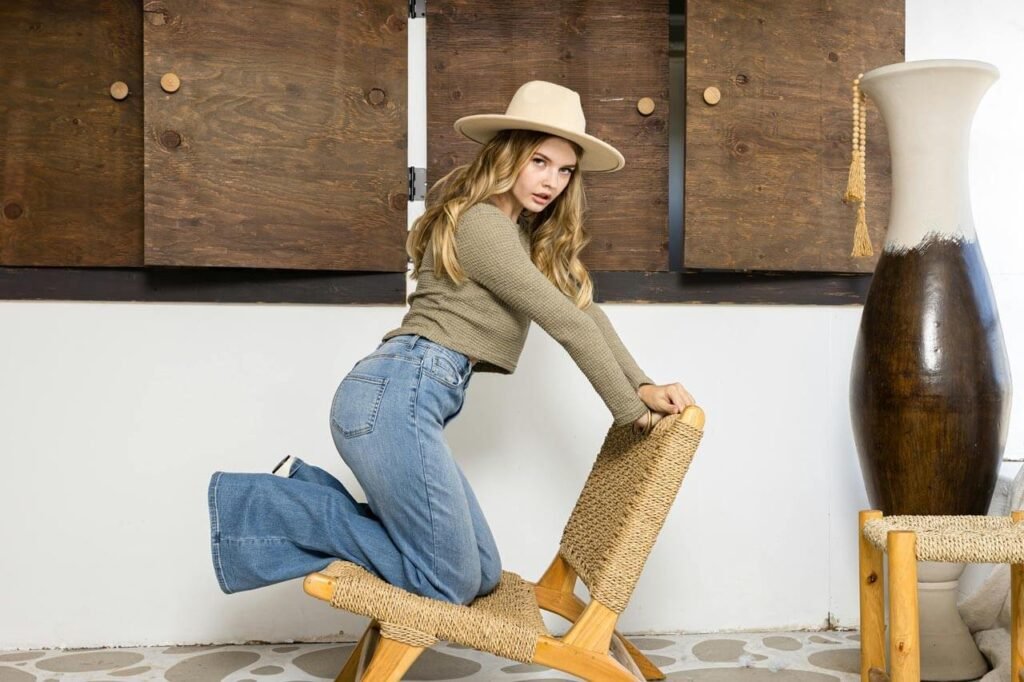[ad_1]
Urban and street dances have always been able to go beyond traditional barriers and really connect people through movement. House dance does just this, hand in hand with the electronic music scene. In this article, I’m delighted to share with you the ins-and-outs of house dance.
So let’s dive in…
An Overview of House Dancing
It all started in the 1980’s in clubs of Chicago and NY City. Heavily linked to house music, a genre of electronic dance music known for its ‘contagious beats’ and ‘uplifting melodies’. So naturally, house dance style is known for its very expressive movements and fluidity. It’s all about individual creativity and improvisation.
House Dance Styles:
Within House Dance, there are several different styles. Each with its own unique characteristics and influences. Let’s take a closer look at some of the better known styles:
Jacking
Jacking was born in the Chicago. Known for its sharp and percussive footwork, it is not just a physical expression but also a cultural one. It reflects the vibrant energy of Chicago’s underground music scene.
Jacking incorporates elements of hip-hop and breakdance. This gives it a distinct urban flair. Jacking is all about rhythm, precision, and quick foot movements that sync with the beat.
Delivered well, there should be a synergy between the dancer and the DJ, each responding to the other’s cues. This creates a dynamic, immersive dance experience.
Lofting
Lofting goes back legendary ’70s and ’80s loft parties in the heart of New York City.
The Loft was not just a nightclub; it was a private dance party. David Mancuso, a DJ and party organizer, is credited with founding ‘The Loft’.
The Loft was known for its inclusive and diverse atmosphere, where people from various backgrounds and orientations came together through music. It played a significant role in the development of disco music, which in turn, laid the foundation for the House Dance movement. Parties at The Loft were often held in lofts, non-traditional spaces. Hence the name.
What sets Lofting apart is its focus on fluidity and finesse. Dancers emphasize fluid footwork, intricate leg movements and stylish spins. The level of precision then adds an extra layer of sophistication to the performance.
The short documentary “Come As You Are” explores the cultural and social impact of the legendary Loft era in NYC . It discusses how the ritual of club dancing and radical self-expression ignited unity and healing within the Latino and African-American communities of New York. “The Loft” laid the roots for the development of international House culture and music.
Waacking:
While not exclusive to House Dance, waacking is often incorporated into this style routine. Waacking is a style that focuses on arm movements and poses. It creates visually stunning and dramatic sequences. All of this adds a unique layer of expression to any House Dance performance.
Waacking, originating from the LGBTQ+ clubs of Los Angeles during the 1970s. It uses intricate arm movements, striking poses and visually stunning sequences. This serves as a dynamic contrast to the smooth footwork and spins.
Due to the influence of Latin dances, the movement reminds of the lady styling movement from traditional dances like salsa, samba and similar Latin styles. When you watch Wacking, look out for the circular movements of the dancers hands – giving off the appearance of a windmill.
Voguing
Voguing is another style that has influenced House Dance, also originating in the LGBTQ+ ballroom scene in New York City. Theatrical flair is the essence of the Vogue style, giving off vibes of femininity and female energy. It is a testament to the openness and inclusivity of the dance, how different styles can evolve and shape the art form in this way.
The difference between Voguing and Waacking, beyond those initial first impressions, is
in forming hands. While Waacking is mostly turning and spinning hands like a windmill, Vouging uses geometrical, straight lines with hands. If you remember Maddona’s video “Vogue” which made this style popular even more, you can see the hand work.
Signature Moves and Techniques
Here’s a few techniques and moves you will often see used across the various House Dance styles:
- Shuffling: A classic move which involves sliding the feet from side to side while maintaining a low stance. It showcases a dancer’s connection to the music’s groove.
- Footwork: Quick and intricate footwork makes House Dance. Dancers deliver fast steps, slides and pivots to the rhythm.
- Spins and Turns: These add flair and dynamism to routines. Dancers execute spins with precision and control. Often using the momentum generated by the music.
- Loops and Circles: Dancers moves their bodies in loops and arcs. These movements add a sense of flow and continuity across the dance floor.
- Jacking Groove: Bouncing and grooving to the beat. Often isolating the chest and shoulders while keeping the lower body grounded.
The History of House Dance
Let’s go back in time to the clubs of Chicago, where DJs like Frankie Knuckles and Ron Hardy were spinning records and creating a new sound known as house music. As the music came to life, so did the dance.
House dance has always been about spontaneous and freeform expression of joy and liberation. In the ‘70s and early ‘80s, dancers in Chicago’s underground clubs developed the foundational movements of House Dance. It was a fusion of funk, disco and soul dance styles set to the 4/4 beats of music. Dancers gathered in dance circles, called Cyphers, taking turns to showcase their skills, creativity and individuality.
As House Dance evolved, it made its way to NY City, where it found a new home in the legendary loft parties and club scenes. Dancers in New York added their own flair to the style, incorporating influences from hip-hop and other street styles, jazz, contemporary, Latin dances and other dance forms.
Influences on This Dance Style

House Dance styles have been influenced by a range of cultural and artistic elements both inside and outside of dance. Here’s a few of the less obvious ones:
- Martial Arts – Particularly Capoeira with its fluidity of movement, balance, and acrobatics.
- Fashion and Street Culture – Dancers often incorporate elements of streetwear, such as baggy pants, hoodies, and sneakers, into their attire. Visual arts, such as graffiti, with its vibrance and colors is also a source of inspiration.
- African and Afro-Latin Influences – Influencing the footwork, body isolations, and music. Elements such as Cuban rumba and Congolese dance, have made their way into House Dance routines.
- Performance Art – Mostly influencing Waacking and Voguing style as we have discussed.
- Social and Cultural Movements – House Dance culture emerged in the midst of significant social and cultural evolution. This includes LGBTQ+ rights and civil rights. House dance is by nature inclusive, accepting, embraces solidarity and self-expression.
Who Pioneered House Dance?
Several individuals have acted as the pioneers to establish House Dance as a distinct and influential style:
- Frankie Knuckles: Known as the “Godfather of House Music”. Frankie Knuckles was a DJ and producer who played a crucial role in the birth of both house music and House Dance. DJ sets at Chicago’s ‘Warehouse’ was instrumental in creating the sound and atmosphere for house dancing.
- Larry Levan: Legendary DJ and the resident DJ at New York City’s ‘Paradise Garage’. His eclectic sets and deep connection to the music inspired many to house dance.
- Brian Green: known as “Footwork”. Renowned House Dance innovator with a unique style.
- Marshall Jefferson: Producer and DJ. Marshall Jefferson’s tracks like “Move Your Body” became anthems in the House Dance scene.
- MopTop: A revered figure in the Chicago House Dance scene. Known for his incredible footwork and contributions to developing the dance style.
So there it is, house dancing.
The team and I love it and if you haven’t already, give it a try.
We’d love to hear how you get on.
Why not check out some of our other street dance articles:
Cover image: Image by Sarah Lötscher from Pixabay
- About the Author
- Latest Posts
Vanesa has been immersed in the world of dance since the age of 8. Her journey began with ballet, eventually leading her to explore modern, urban and street dance styles. She infuses contemporary dance with dynamic movement by incorporating capoeira and parkour that she has been practicing for more than 3 years. It’s worth mentioning that salsa dancing for 5 years also contributed to her dance style. Over the last 15 years, she has taken on the roles of dance instructor and educator across various dance studios in Croatia. With an enduring love for merging arts and pushing boundaries, Vanesa continues to experiment and innovate.
[ad_2]











